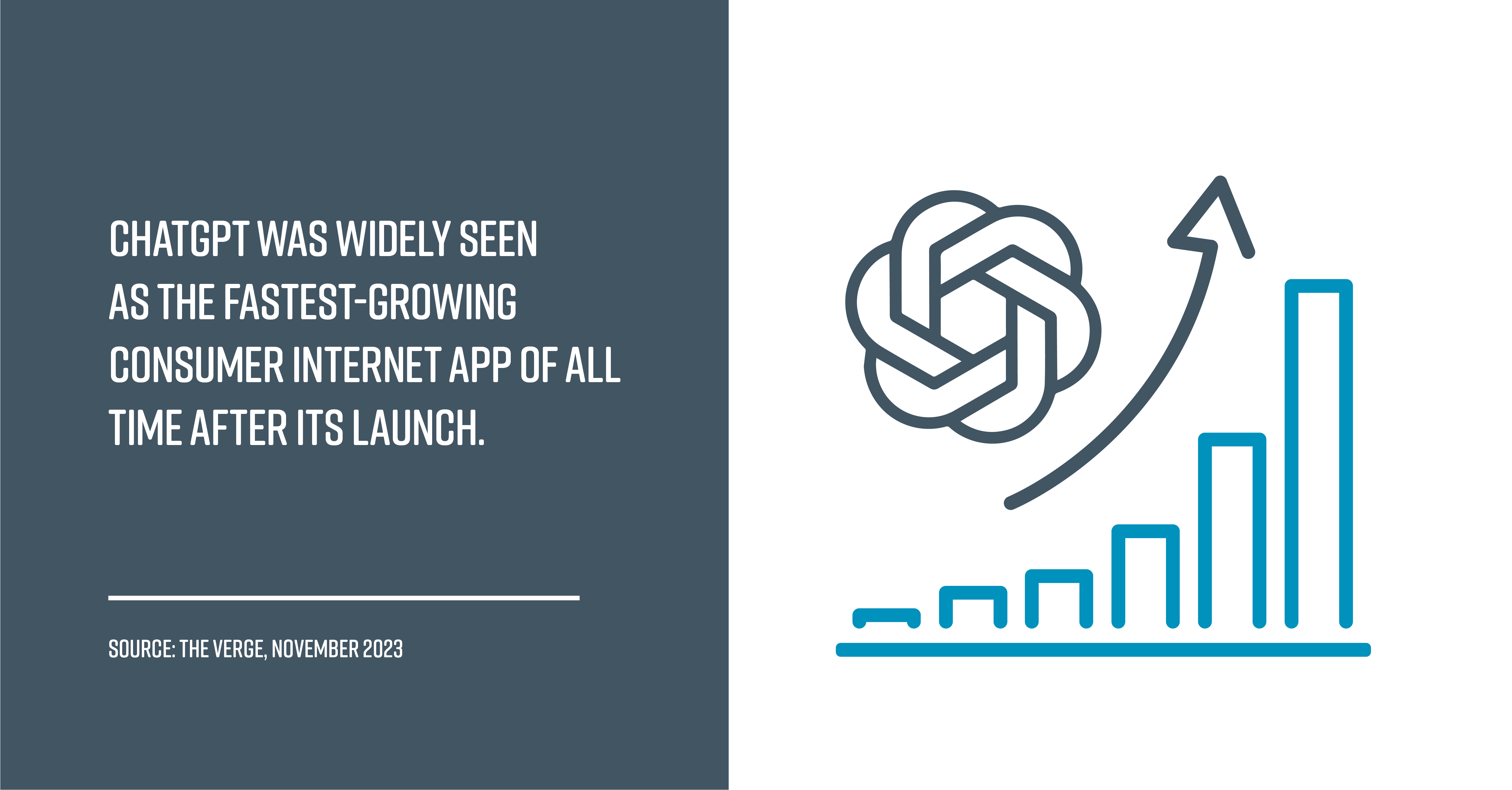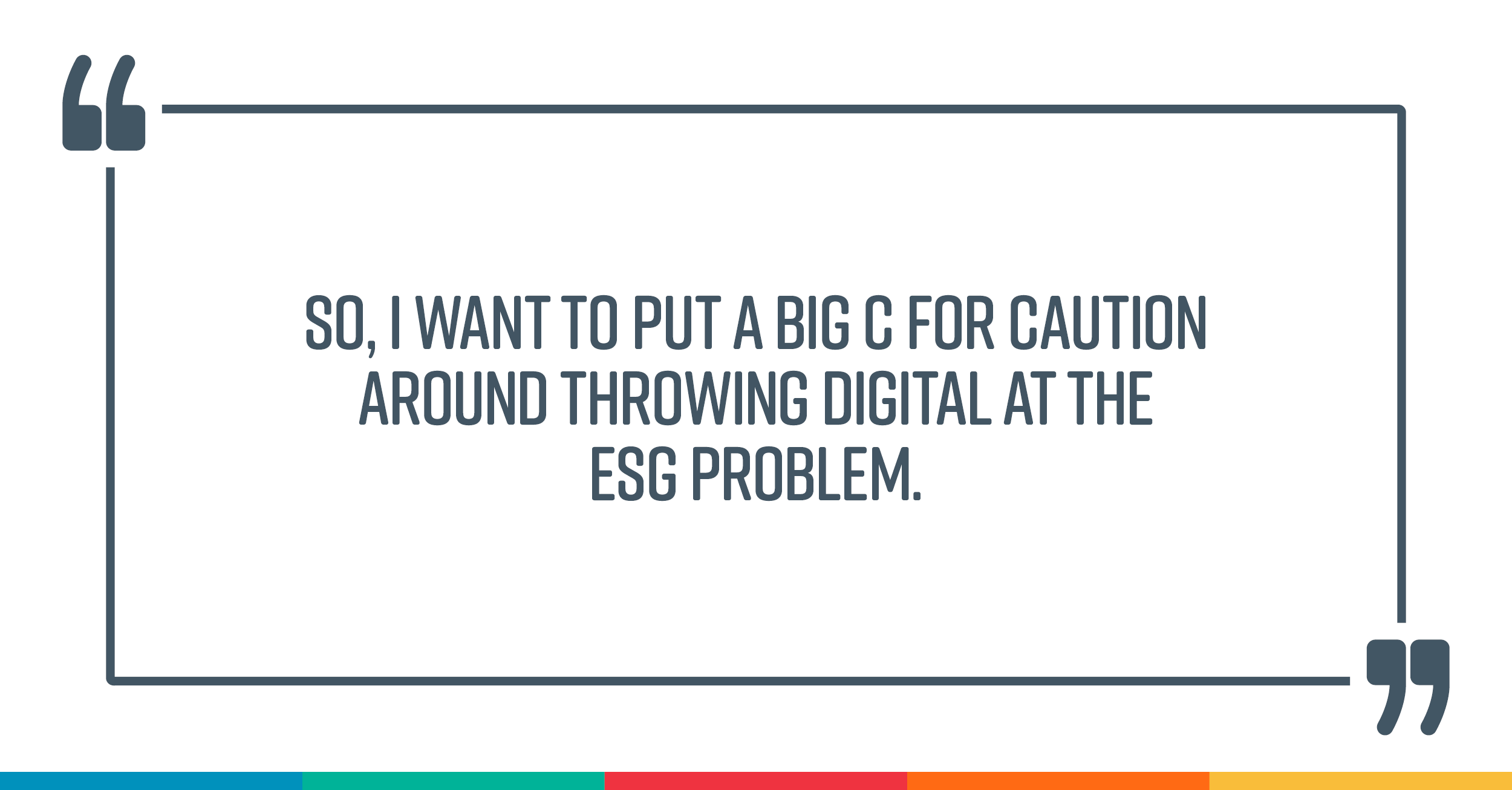Introduction by Jonathan O’Brien
As CEO of Positive Purchasing, I get to host The Procurement Show podcast, and through that meet some very interesting people. Recently, I welcomed Dr Elouise Epstein to the podcast. A leading futurist, Elouise is in great demand on the speaking circuit and has authored two leading procurement books: ‘Disruptive Procurement’ and, most recently, ‘Trade Wars, Pandemics and Chaos’. She’s also a partner at Kearney.
Elouise left me with a whole heap of things to think about, especially how AI is set to impact the world of procurement. The topics we discussed are so relevant to what is top of mind for procurement leaders today that I had to invite Elouise to share her thoughts in this new blog.
It could well be the best thing you read today.
Over to Elouise…
Now Really is the Greatest Time to be in Procurement
I’ve witnessed the evolution of the procurement profession since 2000 and seen us go from very labour-intensive ways of doing more sophisticated procurement right up to the present, where digital is set to dramatically change how we do procurement.
Back in 2015 and 2016, I was seeking a clear perspective on the way digital would impact the whole area of procurement and how I should prepare for it. I asked a bunch of smart folks I knew, plus just about everybody at Kearney (including our digital practice), but I didn’t get a clear answer. So, I worked it out for myself, and in my latest book, ‘Trade Wars, Pandemics and Chaos’, I lay it out – it’s taking technology, data and analytics and using it to create supply and demand power.
Now, to really optimize our contribution, we have to elevate purchasing process out of the transactional. Whether that’s sourcing, category management, requisitioning or even the chasing of invoices. Of course, transactional efficiency is part of what we do, but we have to get strategic. It is time to use data and analytics to create useable intelligence – the future is where we take that intelligence and use it to become an integral part of end-to-end supply chain operations.
So, as we develop smarter AI powered tools, fuelled by richer sources of data, and drive them with a mind-set move from transactional to strategic, we’ll evolve the procurement function from serving the organization to being an integral partner within it.
People Power
There are some good tools out there right now and we know that they will get even better over time. Our challenge now lies in upskilling our existing teams, and combining their conventional procurement smarts, experience and vision, with the ongoing digital literacy to understand and make the best use of these tools. Even the very best tools will be limited by the skills and vision of the people that drive them and the scope and quality of the data they are fuelled by.
At a range of levels, most business is about relationships. Increasingly, we manage those relationships through our human connections. Throughout our decision-making process it is inevitable there will be some humanity involved, so, even amid the current ChatGPT hype, we can’t just erase the human element.
As smart tools proliferate, the organization with the best talent, the best training and the most conducive culture will always win.
So What About Chat GPT?
We can now ChatGPT an RFP.
Our Supplier could ChatGPT the response.
Does this devalue the whole RFP process? If it does, then isn’t it time to reimagine how we are doing procurement? And when we realize this, doesn’t it mean we have to bring another layer of intelligence to the supply chain and the organization overall? And if so, doesn’t this represent a golden opportunity to positively influence the broader supply chain?
A quote in my new book goes, “If you’re over 30 I don’t care what you have to say about ChatGPT!”.
It’s not an ageist thing. It’s just that the real breakthroughs will come from those whose mindset and approach is not encumbered by business as usual. Everybody over 30 has been in the workforce for at least a decade, which shapes how we think and there is no substitute for fresh eyes.
Strive for Algorithmic Literacy
Algorithms in our daily life can manipulate our behaviour. There’s plenty of evidence that proves that these algorithms manipulate us into buying more, watching more and doing more. So why can’t we use those same algorithms to direct users to the outcome that we want?
I’ve been studying this extensively as I needed to understand how these algorithms work, and I discovered that it is not just the algorithms but the level of data they feed on.
Unconsciously we generate data all the time. On social media, in retail, interacting with smart speakers, gaming, as we move around with our mobile devices and even just driving in our car, so my goal is to understand how these algorithms work.
Whether it’s price or ESG or whatever – we don’t have to design our process management to the nth degree. In fact, we can take process management and throw it out the window, because, if we get it right, then interpretive generative AI just facilitates the whole transaction.
As I said, I’ve been studying AI for a long time, and it has taught me that a vital key skill we need to develop in ourselves and in the talent coming up in our industry, is algorithmic literacy.
The Data Value Chain
I like to talk about the data value chain, and it looks like this:
- Visualization of the data – tells us what’s in it.
- Analysis of the data – tells us what could happen, what should happen and what is the best outcome.
- Then we have intelligence – this is where what comes out of the analytics meets the business strategy, i.e., what could happen gets put into the context of what the business needs.
The analytics might say, “Pull all your suppliers out of China”. That’s fine, but that doesn’t mean there’s good alternates or that that’s even remotely feasible. That’s why I want to encourage folks to really understand the data value chain.
Let’s Talk ESG
ESG (Environmental and Social Governance) is something that is close to my heart, so I’d really like to see some decent ESG tools.
So many of the risks and problems around ESG are in areas where there aren’t newspapers, meaning news scraping is of limited value, so ideally you have to put boots on the ground to get an accurate picture. You could opt for acquiring data via a survey, but these can be unreliable as, unless the supplier understands the intent of the exercise, they are unlikely to provide a satisfactory answer.
Take cyber security for example. If we asked, “Have you undertaken cybersecurity training” a Yes/No answer leaves us little better informed, as we can’t evaluate the quality and scope of the training and the extent of the staff that were trained.
These days, the speed of business can drive us to look for quick fixes. With the rise of AI, this can mean throwing a digital solution at something that is really complicated, and this includes ESG. Now I write a lot about applying digital to ESG, which is still in its infancy, and that’s OK, provided we don’t conflate that with actually making progress.
So, I want to put a big C for caution around throwing digital at the ESG problem.
More Data Means Better Data Security
So, back to my cybersecurity example. If you’re going to plumb your supplier systems, you are exchanging vast amounts of data, so we need to have a deep understanding of data systems and architecture. This includes where data goes and how we secure APIs, because whilst APIs are great for integrating, they can have security problems.
You don’t need me to tell you that cyber security is one of the biggest concerns of every organization. It is a military operation to keep our data and systems secure. There is just no way round it, and if you think you’re doing a great job I have one a piece of advice for you – do more!
AI – the Biggest Risk and the Greatest Opportunity
I feel the biggest risk to our enterprise comes through third parties. We have thousands and thousands of suppliers impacting our systems, and they can be relatively unmanaged. So, our job must be to help protect the organization, as in many cases our CIO may not be looking in this particular direction.
Having said that, third parties also present the greatest opportunity for ESG progress. AI can enable us to achieve this at scale, whether it’s building layers of defense or helping us reach into our supply base and bringing them along. AI will give us the scale to solve some of the challenges with our smaller suppliers and bring a greater level of efficiency and competency.
For me, it’s not the big bang I’m excited about as much as the day-to-day fundamentals.
If I were a CPO…
Were I the CPO of a major organization right now, I would be aiming to get really good in the whole area of the big D – Digital. By that I mean tech and data analytics. Then I’d sharpen up my plan for making the required investment in tech, training and some smart talent. Because, until I did, I run the risk of imperiling the entire enterprise.
Also, if I want to make real progress on ESG, I’d get a handle on what my suppliers and third parties are really up to. I’d need to use digital assets to achieve this, so I would be talking to my board right now, because all of these are board level objectives.
To support this, I’d be merchandising the fact that, in the process of upgrading with this big D digitization, we’ll benefit from significant cost savings and enjoy the efficiency gains that have long eluded traditional procurement.
Let Me Leave You with Three Things to Put On Your To Do list…
- People. Until the robot overlords take over, we are humans living in a human world. AI can help us be better, faster, and more whatever (you fill in the blank!). But business runs on relationships, so invest in upskilling and really engaging your best talent.
- Break Down Barriers. Nothing drives me crazier than procurement and supply chain thinking that they’re two totally different functions in the enterprise, when we’re all the same. Whether you’re direct or indirect, or if you do or don’t manufacture, or you do or don’t add third party logistics. I don’t care. We’re all in the same family and we must understand procurement’s overall role in the enterprise.
- Stop thinking like procurement and start thinking like business owners. Some of us have a habit of talking in procurement vernacular about stuff that nobody else in the enterprise really cares about. We talk about EPV and category management and sourcing and requisition and the list goes on. Then, when we go to the business, they just look at us and think, “What? Why are you here? Why are you making my life difficult?”
So, stop thinking like procurement and start thinking like the business owners that we are. Procurement is as equal a part of the business as it is the supply chain. We are not order takers to the business – we are the business as much as anybody else. The products that we procure – or source – are how we create or deliver the end product. If we just live in the savings box, we’ll paint ourselves in a corner (and everybody hates the savings box!). Frankly, this just diminishes what we do.



